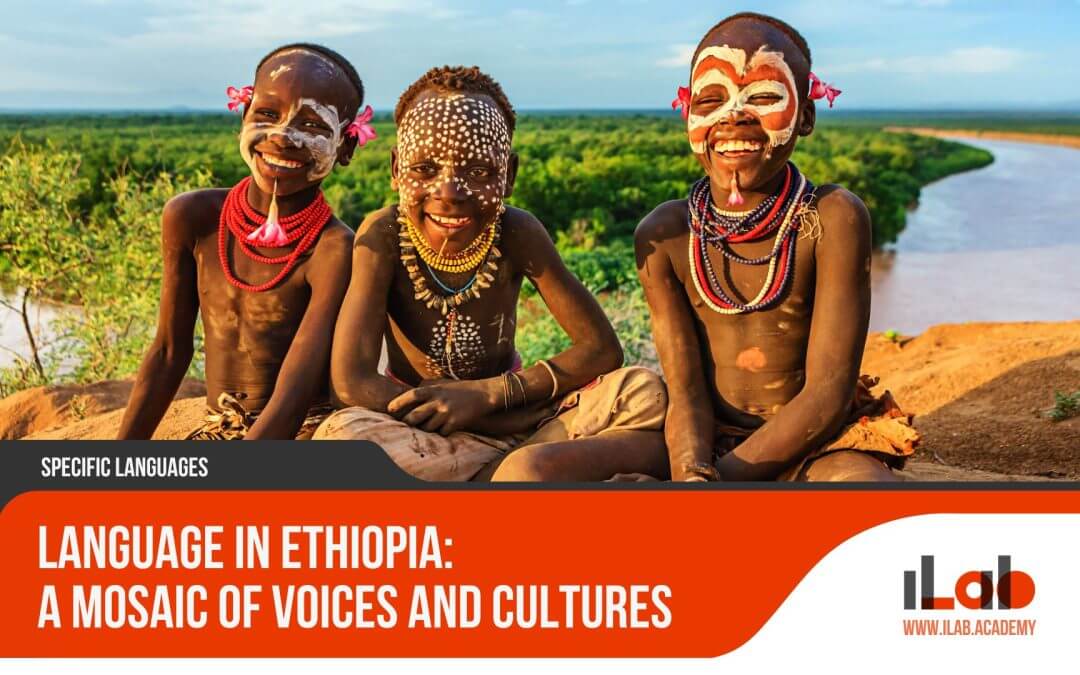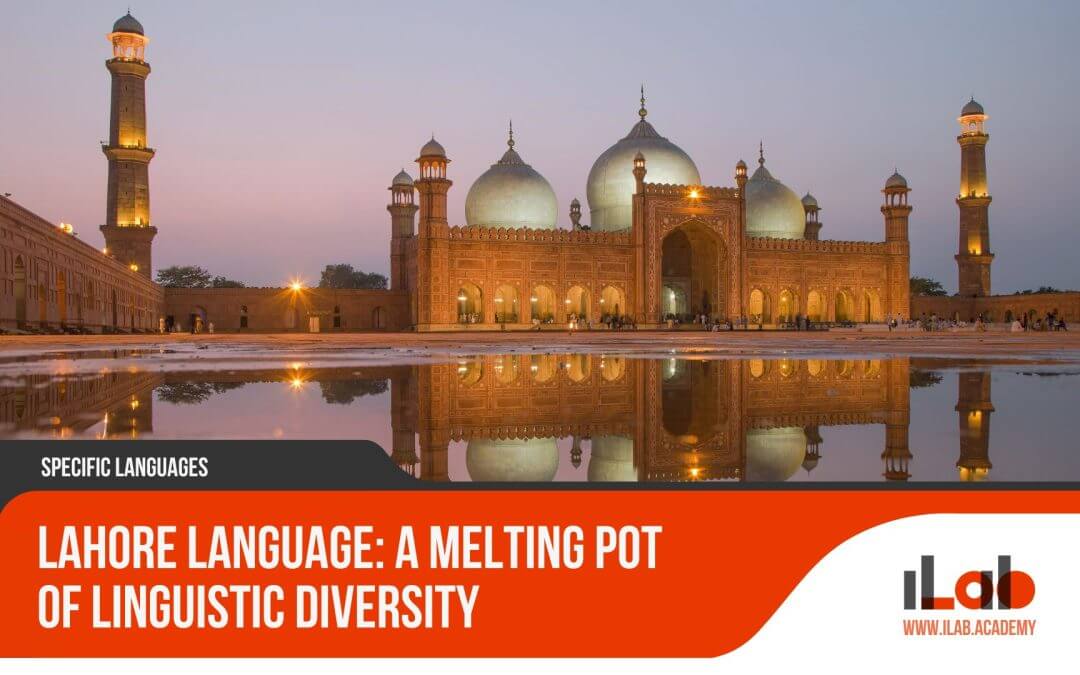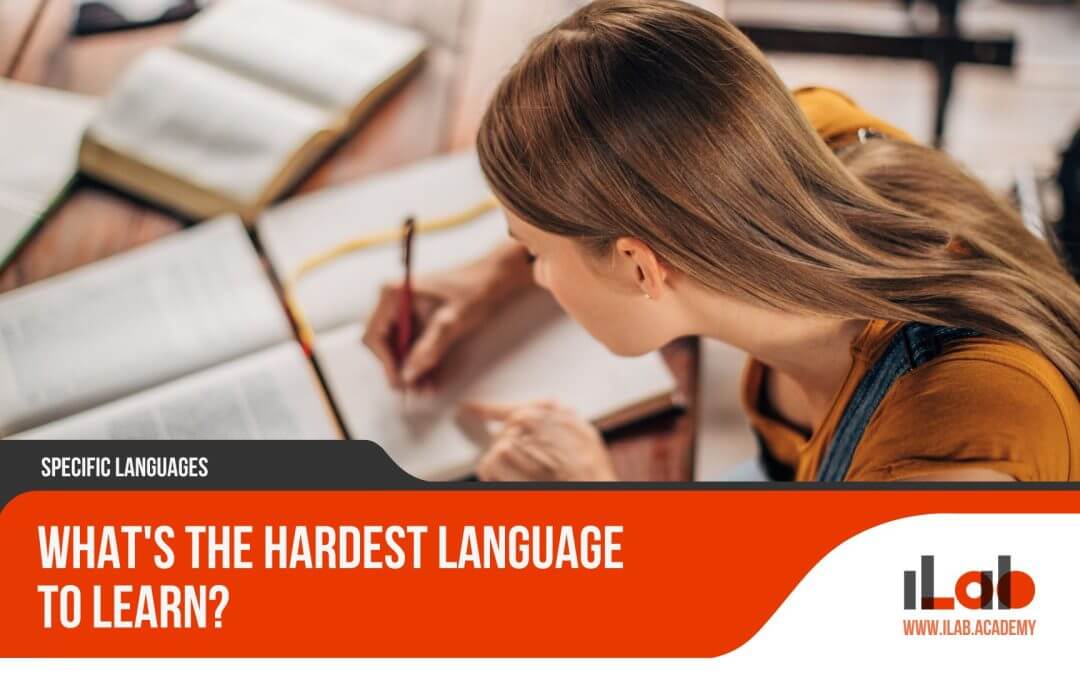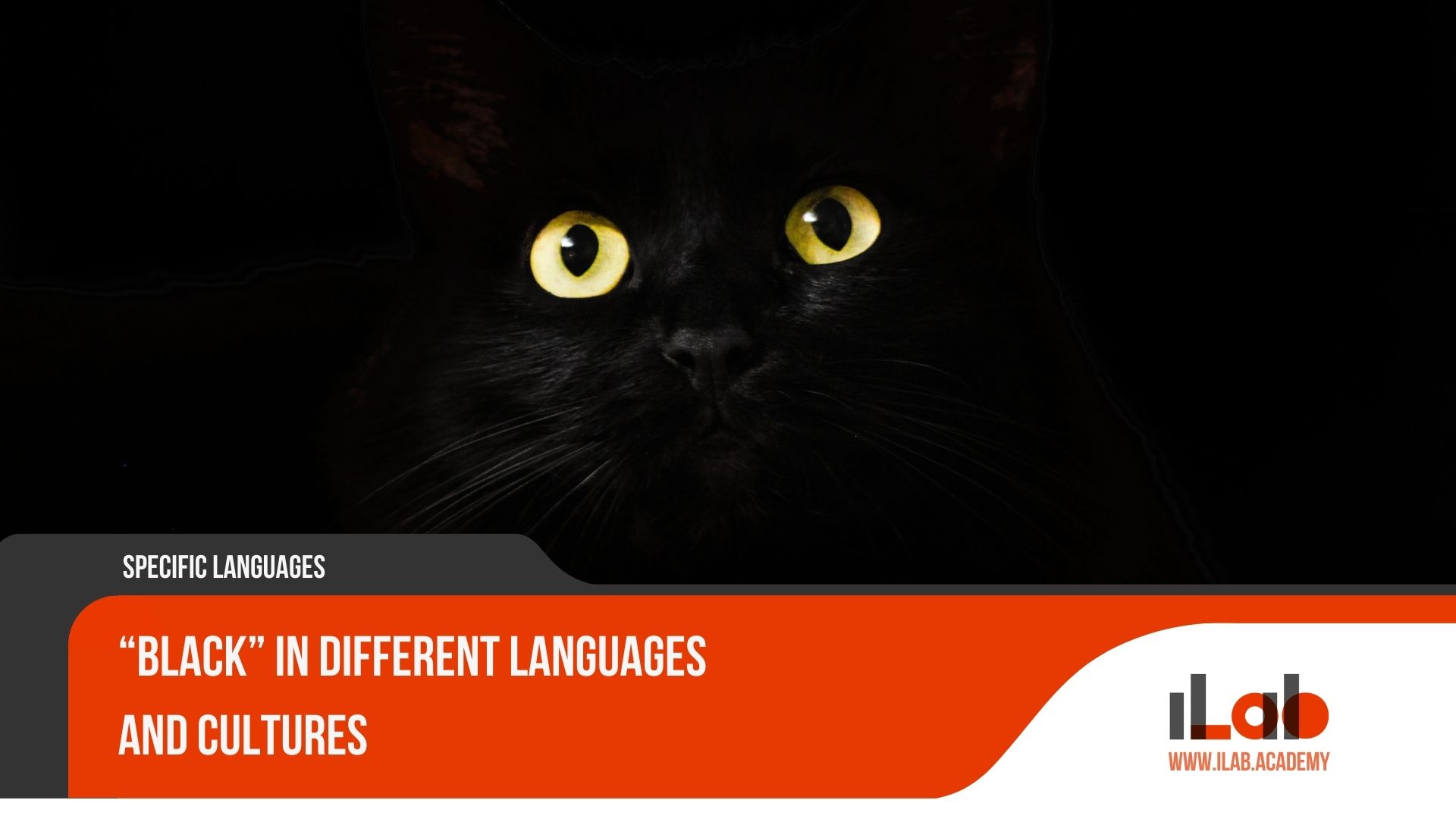Table of contents
As the sun kisses the horizon in Curaçao, it casts a glow that brings the island’s multicolored linguistic landscape into relief. I’ve embarked on a journey to untangle the threads of this rich tapestry, where every language is an echo of the island’s pulsating heart. In my professional exploration of languages, I’ve discovered that Curaçao is not just a melting pot but a sophisticated palette where Dutch, Papiamentu, Spanish, and English blend seamlessly, each adding its unique hue to the collective expression. I invite you to join me as I trace the contours of this linguistic map, uncovering how these languages reflect the island’s intricate history and continue to shape its dynamic present. What secrets do these tongues guard, and how do they influence the daily life and identity of the Curaçaoan people? The answers lie woven in the very fabric of their speech, and I am here to gently pull at the threads, revealing patterns that promise to transform our understanding of this Caribbean enclave.
Key Takeaways
- Curaçao’s language tapestry reflects its vibrant multicultural identity and rich history, making it an intriguing destination for those interested in the Caribbean, linguistic diversity, and cultural heritage.
- The evolution of Curaçao’s languages can be traced from indigenous roots to colonial influences, showcasing how various forces have shaped the island’s linguistic landscape over time.
- Dutch, as the language of officialdom, plays a significant role in governance, education, and law in Curaçao, while also coexisting within the local linguistic scene.
- Papiamentu, the soul of Curaçao, is not just a language but a reflection of the island’s distinct cultural narrative, serving as a vibrant medium of everyday communication that unites the population.
Historical Context of Curaçao’s Languages
Delving into the historical context of Curaçao’s languages reveals a rich tapestry woven from indigenous roots and varied colonial influences. As I reflect on the linguistic evolution of this vibrant Caribbean island, it’s clear that the story of its languages is a testament to its complex history.
Before European colonizers set foot on Curaçao, the Arawak people spoke their own languages, remnants of which linger in the region’s place names and the lexicon of local tongues. The arrival of the Spanish in the 15th century introduced new linguistic elements, but it was the Dutch who left an indelible mark when they claimed Curaçao in the 17th century. Dutch became the language of administration, education, and law, shaping the island’s official linguistic identity.
However, the Dutch weren’t the only ones to leave their linguistic imprint on Curaçao. The African slave trade brought a multitude of languages to the island, contributing to a creole melting pot. This mix, combined with elements of Spanish and Portuguese, gave birth to Papiamentu, a language that truly encapsulates the island’s soul. It’s a living symbol of resilience and cultural synthesis, spoken by the majority of locals and serving as a daily reminder of the island’s multifaceted past.
The British also occupied Curaçao briefly, introducing English to the island’s language mosaic. This, coupled with the close proximity to Spanish-speaking nations, has made Curaçao a place where multiple languages don’t just coexist—they intermingle, influencing each other and evolving together.
As a language enthusiast, I’m captivated by the way Curaçao’s languages have been shaped over time. It’s a narrative of survival, resistance, and cultural exchange that continues to evolve to this day.
Dutch: The Language of Officialdom
While reflecting on Curaçao’s complex linguistic history, it’s clear that Dutch, as the language of officialdom, plays a pivotal role in shaping the island’s governance, education, and legal systems. Despite being one language among many spoken here, Dutch’s official status cements its presence in the most formal spheres of daily life. It’s the medium through which laws are written and government business is conducted, a fact that can’t be overlooked when trying to understand how Curaçao operates.
In the educational sphere, Dutch dominates as the primary language of instruction in most schools. This has a significant impact on students, as it not only influences their learning experience but also their future prospects within the local job market and beyond. The use of Dutch in education ensures that all citizens have a working knowledge of the language, which is essential for participating in the island’s legal and administrative systems.
Here’s a quick snapshot of Dutch’s role in Curaçao:
- Governance: Dutch is the language used in the public sector, from official documentation to parliamentary proceedings.
- Education: It’s the primary language of instruction in schools, which underscores its academic importance.
- Law: All legal affairs, including court proceedings and legislation, are conducted in Dutch.
- Administration: Dutch is necessary for navigating bureaucracy, such as filing taxes or registering a business.
Understanding Dutch is crucial for anyone looking to fully engage with Curaçaoan society, especially in formal contexts. It’s a testament to the island’s colonial history and its ongoing relationship with the Netherlands. Yet, even as Dutch maintains its official status, it’s just one thread in the rich tapestry of languages that give Curaçao its unique linguistic identity.
Papiamentu: The Soul of Curaçao
Papiamentu, more than just a means of communication, is the heartbeat of Curaçao’s culture, encapsulating the island’s rich heritage and communal bonds. It’s the soulful song of the people, echoing through the bustling markets and serene beaches. Papiamentu isn’t just heard; it’s felt—a warm embrace that unites locals and welcomes visitors.
The language’s birth and growth are as colorful as Curaçao’s famed Handelskade. It’s a creole tongue, born from African languages, Portuguese, Dutch, and Spanish, and it’s evolved into the island’s lingua franca. Its unique linguistic features reflect the complex history of the island, weaving together the narratives of diverse peoples who’ve made Curaçao their home.
Every word spoken in Papiamentu is a celebration of identity, a testament to the resilience and adaptability of this community. To highlight the emotional resonance of Papiamentu, here’s a table that captures its essence:
| Emotion | Papiamentu Word | Meaning |
|---|---|---|
| Love | Amor | Deep affection and warmth |
| Joy | Alegria | The happiness found in island life |
| Pride | Orguyo | The honor of sharing this heritage |
| Unity | Union | The bond among Curaçao’s people |
| Resilience | Resistensia | The strength to overcome adversity |
This table is more than words and translations; it’s a window into the soul of Curaçao, showcasing how Papiamentu carries the emotional weight of a people’s shared history and aspirations.
I can’t help but feel a profound respect for Papiamentu. It’s not only a vibrant medium of everyday communication but also a guardian of the island’s cultural narrative, ensuring that the heartbeat of Curaçao continues to pulse strongly for generations to come.
Spanish: A Neighborly Influence
Nestled just off the coast of Venezuela, Curaçao’s linguistic tapestry richly incorporates Spanish, a language that resonates daily through its streets and marketplaces. As someone who’s always been fascinated by how language shapes culture, I can’t help but notice the neighborly influence of Spanish here. It’s more than just a subject in schools or a requirement for business; it’s a bridge to our Latin American neighbors and a testament to our interconnected histories.
Considering the island’s proximity to South America, it’s no surprise that Spanish has woven itself into the fabric of Curaçaoan life. It serves not just as a tool for communication but also as a cultural connector, allowing us to engage more deeply with the wider Caribbean and Latin American regions.
Here are a few ways Spanish permeates life in Curaçao:
- Cultural Exchange: Spanish facilitates a rich cultural exchange, enhancing our connection with nearby Spanish-speaking countries.
- Trade and Commerce: For local businesses, proficiency in Spanish opens doors to markets in Venezuela and beyond.
- Ease of Learning: Thanks to linguistic similarities with Papiamentu, many Curaçaoans find learning Spanish relatively straightforward.
- Social Interaction: On a personal level, speaking Spanish enables friendships and understanding across borders.
Spanish isn’t just a language learned in classrooms or used for negotiations; it’s a lively component of daily interactions, from casual conversations to vibrant festivals that echo with Latin rhythms. Its popularity on the island underscores not just its practicality but also the cultural affinity we share with our Spanish-speaking neighbors. As I walk through the neighborhoods of Willemstad, I’m reminded that our language landscape is as diverse and warm as our climate, and Spanish is undeniably a part of our island’s soul.
English: A Window to the World
As Spanish connects Curaçao to its regional neighbors, English opens doors to the wider world, playing an essential role in international business and tourism. It’s fascinating to see how this language weaves its way into the local fabric, not just complementing but enriching the island’s vibrant linguistic diversity. English isn’t merely another language spoken here; it’s a vital tool that connects Curaçaoans with global opportunities and cultures.
I’ve noticed English’s practicality firsthand in educational settings, where it’s increasingly adopted to prepare students for the world stage. It’s imperative for young minds to grasp English to thrive in global affairs. And as someone keenly aware of the nuances of language learning, I can attest to the cosmopolitan outlook that English fosters among the island’s residents.
But it’s not just in classrooms where English makes its mark. The tourism industry relies heavily on English to cater to visitors from all corners of the globe. I’ve seen local businesses and individuals alike capitalize on their English skills to offer services and experiences that resonate with international travelers. It’s a language that serves as a bridge, not just for commerce but for cultural exchange as well.
In my journey through Curaçao’s language tapestry, I’m consistently impressed by the pragmatic embrace of English. It’s clear that while Dutch may hold official status and Papiamentu captures the soul of the island, English provides a window to the world that no one here can afford to close. It’s a testament to the island’s adaptive spirit and its unwavering commitment to staying connected and relevant on the global stage.
Promoting Linguistic Diversity
Curaçao’s linguistic heritage, rich and multifaceted, faces the challenges of globalization with resilience as institutions and activists work tirelessly to promote and preserve its diverse languages. I’m heartened to see such dedication to linguistic diversity on the island, and it’s clear that the efforts to maintain this linguistic richness are crucial in an increasingly interconnected world.
Promoting linguistic diversity isn’t just about celebrating the past; it’s about ensuring a vibrant future. Here’s how Curaçao is making strides in this area:
- Cultural Institutions: Museums and cultural centers often hold exhibitions and events highlighting the island’s linguistic history and contemporary usage.
- Language Activists: Passionate individuals and groups advocate for the use of local languages in various domains, including media and commerce.
- Education System: Schools incorporate local languages into their curriculum, fostering a sense of pride and proficiency among young learners.
- Public Policy: The government sometimes implements policies that encourage the use of vernacular languages alongside the official Dutch language.
As someone who cherishes the nuances of language and culture, I find these initiatives not just commendable but essential. They’re a bridge between generations and a bulwark against the loss of identity that can come with the tidal wave of a global culture. It’s a balance, of course, keeping an eye on the practicalities of the modern world while holding onto what makes Curaçao uniquely beautiful. I believe it’s this balance that will keep the island’s linguistic tapestry as colorful and intricate as ever, a testament to its history and a beacon for its future.
Learning the Languages of Curaçao
Building on the enthusiasm for Curaçao’s linguistic diversity, I’ll now share resources for those eager to learn Dutch, Papiamentu, Spanish, and English, reflecting the island’s rich language tapestry. Whether you’re planning a trip, looking to do business, or just fascinated by languages, there’s a wealth of tools to help you dive into Curaçao’s linguistic heritage.
For Dutch, the language of officialdom in Curaçao, online platforms like Duolingo and Babbel offer courses that cater to different levels. If you’re more serious, consider enrolling in an intensive language course at the University of Curaçao, which often includes cultural immersion experiences.
Papiamentu, the soul of the island, can be a bit trickier to master due to fewer resources. However, local language schools provide classes, and online options are slowly expanding. The government’s websites often feature materials in Papiamentu, which can be a great way to practice.
As for Spanish, its familiarity to Papiamentu speakers makes it a popular choice. You’ll find it taught widely in schools and language institutes across the island. Online, resources are abundant, from interactive courses on platforms like Rosetta Stone to language exchange meetups where you can practice with native speakers.
And then there’s English, the window to the international world. It’s omnipresent in the tourism sector, with many hotels and tour companies offering opportunities to learn through practical engagement. Online, the options are endless, ranging from formal courses on sites like Coursera to informal learning via YouTube channels and language learning apps.
Each language opens up a distinct part of Curaçao’s culture and society. By learning them, you’re not just acquiring a skill; you’re weaving yourself into the fabric of this vibrant community.
Challenges in Language Preservation
Navigating the complexities of language preservation, Curaçao faces the challenge of maintaining its linguistic heritage amid the tides of globalization and migration. As someone deeply invested in the nuances of language and culture, I can’t help but be acutely aware of the delicate dance between embracing progress and safeguarding tradition. On this vibrant Caribbean island, where languages are as colorful as its famed Handelskade backdrop, the push and pull of linguistic influences are palpable.
Here’s what’s at stake for Curaçao in terms of language preservation:
- Shifting Demographics: Migration trends can dramatically alter the linguistic landscape, potentially sidelining indigenous languages like Papiamentu.
- Globalization’s Grip: The allure of globally dominant languages can overshadow local dialects, making them seem less relevant or useful.
- Resource Allocation: Limited resources for education and language programs can impede efforts to keep less widely spoken languages alive.
- Technological Tides: The digital realm is predominantly in languages like English and Spanish, which can erode the daily use and transmission of local languages.
As I reflect on these challenges, I recognize the importance of strategic measures to ensure languages like Papiamentu continue to thrive. It’s not just about preserving a means of communication; it’s about maintaining a cultural identity, a sense of community, and a historical legacy. The strategies employed in Curaçao to bolster lesser-spoken languages involve a mix of educational initiatives, media representation, and official recognition, all aimed at strengthening their use and status.
For those of us who cherish linguistic diversity, understanding the hurdles Curaçao faces is crucial. It’s a reminder of the ongoing efforts required to ensure that the island’s language tapestry remains as vibrant and intricate as ever.
Frequently Asked Questions
How Do the Languages Spoken in Curaçao Influence Local Art, Music, and Literature?
I’ve noticed that in Curaçao, the blend of languages shapes our art, music, and literature profoundly. Papiamentu’s rhythms infuse local tunes, while Dutch influences our literary structures. Spanish adds a passionate flair, and English opens us to global themes. These languages enrich our cultural expressions, letting us tell our island’s story in a chorus of diverse voices that echo our unique heritage and vibrant community life.
Are There Any Endangered Languages or Dialects in Curaçao That Are Not Commonly Spoken or Taught?
I’m not aware of any endangered languages in Curaçao. The primary languages spoken there—Dutch, Papiamentu, Spanish, and English—are all alive and well. Papiamentu, the local creole, is widely used and celebrated, while Dutch is the official language. Spanish and English are also commonly spoken due to tourism and proximity to other nations. So, no, there aren’t languages or dialects at risk of disappearing on the island.
How Has the Internet and Social Media Affected the Use and Evolution of Curaçao’s Languages Among the Younger Generation?
I’ve noticed the internet and social media are reshaping how Curaçao’s youth use language. They’re increasingly mixing English with local dialects, creating a unique digital patois. This blend reflects global influences and the fluid nature of their linguistic identities. While it’s exciting to see, there’s a worry that traditional language nuances might get lost. Yet, it’s also a chance for local dialects to evolve and gain wider recognition.
In What Ways Do Curaçao’s Multilingual Speakers Code-Switch Between Languages in Daily Life, and What Are the Social Norms or Etiquettes Associated With This Practice?
In my daily life in Curaçao, I often code-switch between languages. It’s common to start a conversation in Dutch, sprinkle in some Papiamentu, and finish in English or Spanish. This fluidity reflects our multicultural society, and there’s an unspoken etiquette to it—we switch to accommodate others, show respect, and convey a sense of belonging. It’s a dance of languages that mirrors our island’s diverse identity and inclusive nature.
How Do Non-Linguistic Factors, Such as Curaçao’s Economy or Political Climate, Influence the Status and Usage of Its Various Languages Today?
I’ve noticed that non-linguistic factors, like the economy and politics, impact language use in Curaçao. The tourism industry boosts English and Dutch due to international visitors, while trade with nearby countries heightens Spanish’s relevance. Political ties with the Netherlands solidify Dutch’s official status, despite Papiamentu’s local prominence. These dynamics shape the linguistic landscape, ensuring a practical balance between preserving local identity and engaging with the global community.
Conclusion
Delving into Curaçao’s linguistic tapestry has been a journey through time and culture. I’ve seen how Dutch structures governance, while Papiamentu beats as the island’s heart. Spanish whispers of neighboring lands, and English opens global doors. I’m committed to celebrating this diversity, learning each tongue, and facing the challenges of preservation head-on. Curaçao’s languages aren’t just a means of communication; they’re the vibrant hues that paint the island’s very soul.














